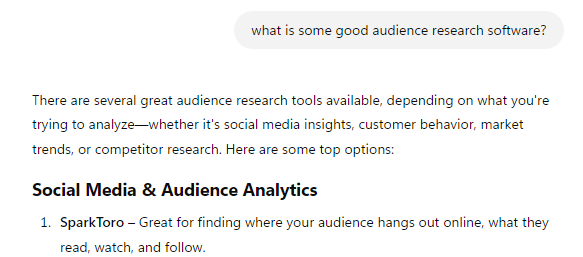Charles Duhigg’s book “Supercommunicators” has many great insights in it, and a big thread through the book is about how to more deeply engage with those that you’re talking with.
A great way to do that is to simply ask more questions about the person you’re with. From the book:
Ask open-ended questions and listen closely. Get people talking about how they see the world and what they value most. Even if you don’t learn, right away, what others are seeking—they might not know themselves—you’ll at least inspire them to listen back. “If you want the other side to appreciate your interests,” Fisher wrote, “begin by demonstrating that you appreciate theirs.”
As I shared a few weeks ago, this can come from the idea of using your gift of curiosity to learn more about others.
That said, it’s easy for people to feel like they did this when they actually do the opposite. In Adam Grant’s “Give and Take“, he shares how people who talk a lot can feel like they understand others:
Logically, learning about the people around you should depend on listening. The less you talk, the more you should discover about the group. But Pennebaker found the opposite: the more you talk, the more you think you’ve learned about the group. By talking like a taker and dominating the conversation, you believe you’ve actually come to know the people around you, even though they barely spoke. In Opening Up, James Pennebaker muses, “Most of us find that communicating our thoughts is a supremely enjoyable learning experience.”
Avoiding that trap is the first key, and then simply “appreciating their interests” is likely to lead to a much better conversation and connection.


